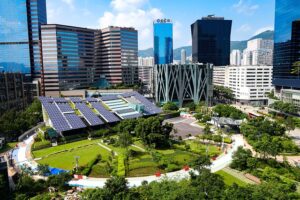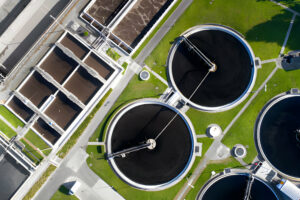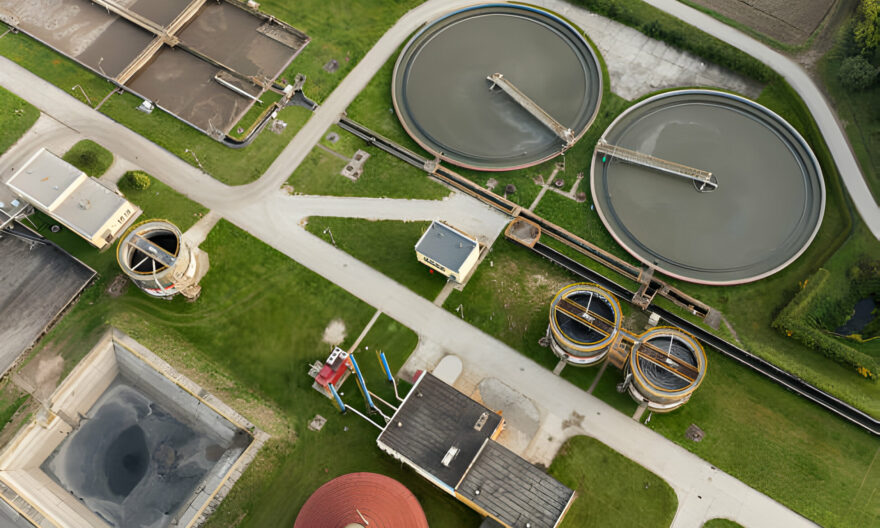
Maintaining water quality and system efficiency has become increasingly dependent on the use of tower biocides, especially in cooling tower applications. Integrating tower biocides is essential to Malaysia’s quest for sustainable methods of managing its water resources and is a major step in the direction of both industrial advancement and environmental care.
Introduction: A Paradigm Shift in Water Treatment
Water shortage and pollution have forced countries all over the world to implement creative approaches to water management. The preservation of water quality and sustainable use are critical in Malaysia, a country endowed with copious water resources. In light of this, tower biocides have become essential tools in the toolbox of Industrial wastewater treatment, providing a flexible means of preventing microbial development, corrosion, and fouling in industrial environments.
Tower Biocides: Redefining Water Treatment Dynamics
Cooling tower chemical are known as a special group of chemicals having multi-combination compounds specially designed to prevent the growth of microorganisms occurring in cooling towers or systems. A critical issue faced in the scope of industrial operations is microbial invasions, which lead to systemic inefficient performance and pave the way for corrosion and biofouling. Tower biocides have their performance either through the oxidative stress, the membrane disrupting mechanism, or through the enzymatic inhibiting element, to prevent the rise and spread of bacteria, fungi, and algae.
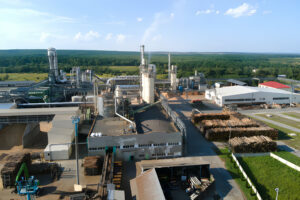
Importance of Cooling Tower Chemicals
The cooling tower is an integral part of numerous industrial installations and requires water evaporation to exert heat release. But besides the fact that the cold, dry exterior of these platforms serves as a host for microbial colonization, the friendly, moist areas situated inside are also a good place for predation and reproduction. Without enough intervention, microbial biofilm growth is undecided and overwhelms very fast. This hinders the best performance for heat transfer and high energy consumption which in due course leads to machine failure. The use of nitrite solutions or oxidizing biocides in cooling towers provides for an active defense against any arising challenges, preventing the interrupted operation of cooling systems and extending the service life of the equipment.
Developments in Water Treatment Technology
The implementation of tower biocides has changed the way water treatment professionals approach microbial contamination problems that have high adverse effects on technological output. Ranging from conventional oxidizing agents to modern biocidal materials, the historical and current state of tower biocide has gone through an evolution that has been driven by chemistry, biology, and materials science. Such cutting-edge technologies empower water treatment staff to develop approaches that are specific to the wide array of issues and difficulties experienced in the various industrial segments worldwide.
Industrial Wastewater Treatment: Capitalizing On Tower Biocides for Sustainable Handling
The intensive industrial processes lead to the generation of an astronomical amount of sewage streams infested with hazardous pollutants posing serious ecological threats if not treated. In Malaysia, where the high speed of industrialization remains the propelling force for economic growth, the provision of good wastewater management strategies is even more needed than ever. Industrial wastewater treatment marks the core of what is an essential component in the preservation of water quality, prevention of environmental pollution, and meeting regulatory norms wherein tower biocides become a pillar.
Integrating Tower Biocides into Wastewater Treatment Processes
The inclusion of tower biocides within industries’ wastewater treatment operations anticipates a disruptive change in how microbial control and utilities management are executed. Biocidal agents are used as additions to the existing treatment strategies, which consequently results in the deactivation of the contaminants, curbing of microbial growth, and risk of biofouling. The combination of tower biocides with current treatment methods provides a complementary effect, promoting efficiency and increasing the ultimate treatment effectiveness as well as overall performance.
Sustainable Water Resource Management
Water resource management practices are the most effective means of balancing industrial enterprises and environmental sustainability at the interface of these two very factors. Biocides located in industrial towers promote this equilibrium, giving the industry tools for trade-offs between water treatment industry demands and environmental care objectives. Biocide application at the tower is an attachment to the water-waste treatment approach which decreases ecological footprint and water consumption while an environment intertwining is fostered.
Conclusion
Malaysia’s water scenario has gone through many cycles from management to resilience and now to sustainability. Biocides have an important role at this stage in molding the landscape of water treatment. While tower biocides are used in Cooling tower chemical and wastewater treatment, the positive impacts of these ongoing solutions reach across various sectors, improving the efficiency of operations, environment protection, and complying with regulations.
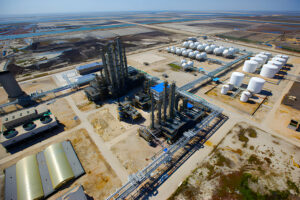
Coupled with the water conservation consciousness that can be achieved from the application of biocides in water towers, Malaysia is leading the global movement of saving water. Going forward, the aquatic biocides of industries harness the promise of this innovation journey, where the metallurgical, and precious extractive endeavors of today become water-resilient and ecologically stewarded in the future. Such an innovation allows the Malaysian nation to strengthen its social fabric by sustaining the presence of the resources of its waters.

